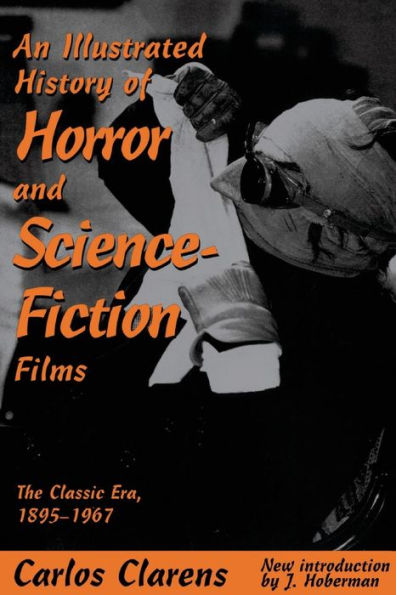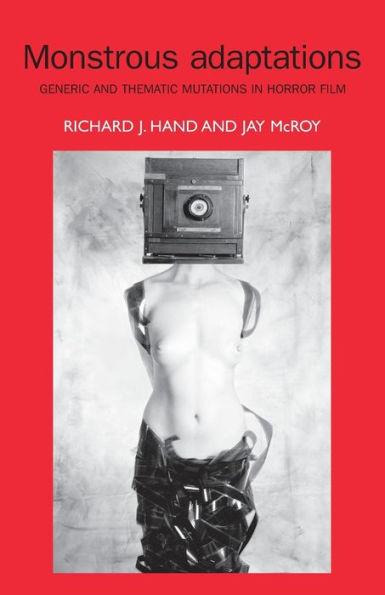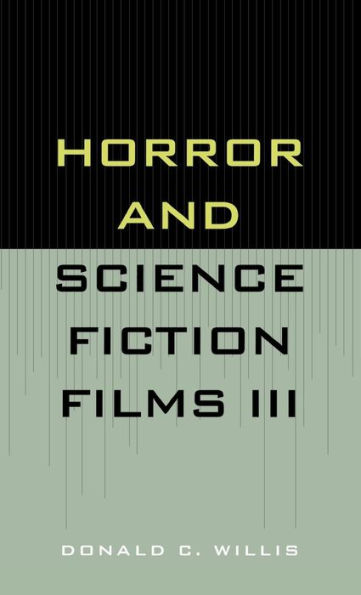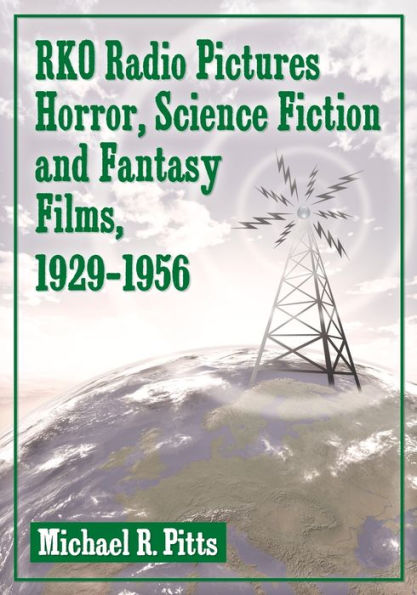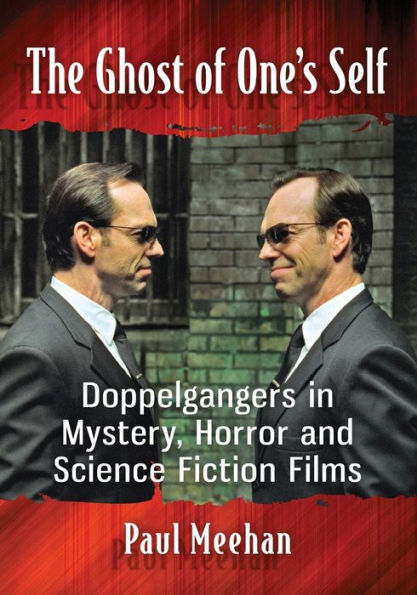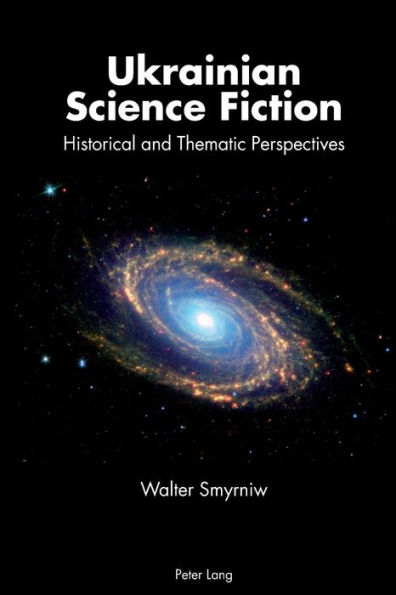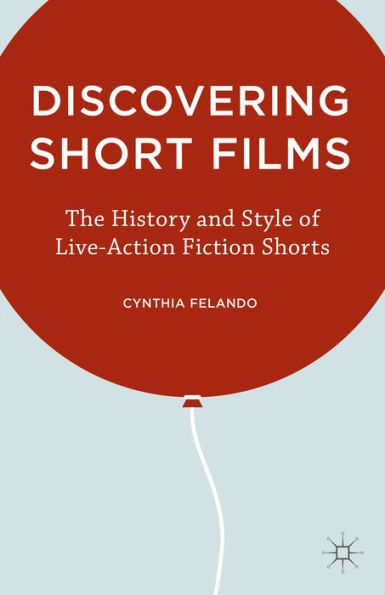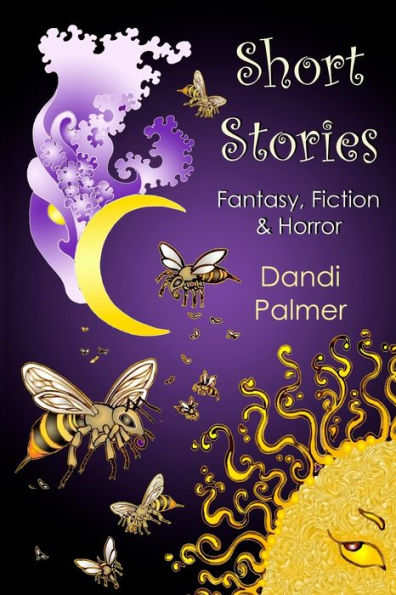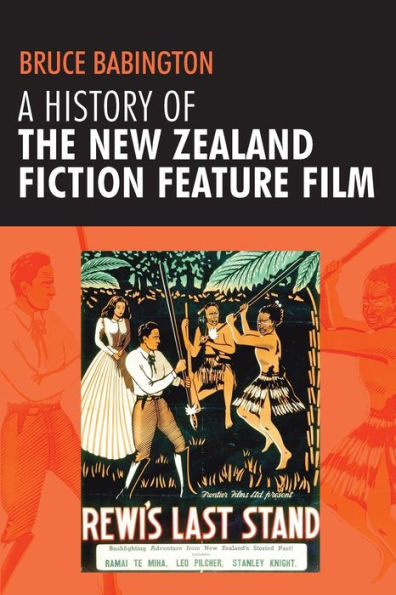Home
Horror: A Thematic History in Fiction and Film
Barnes and Noble
Horror: A Thematic History in Fiction and Film
Current price: $47.95
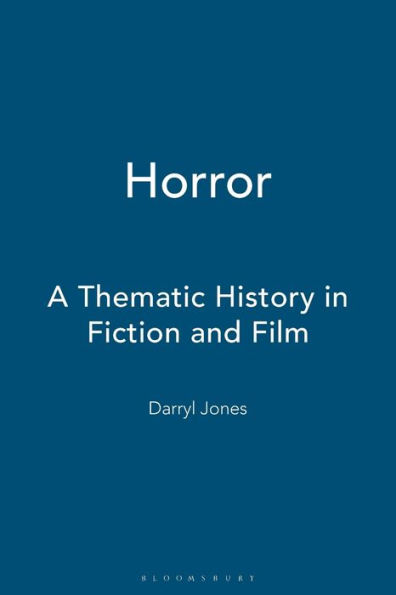

Barnes and Noble
Horror: A Thematic History in Fiction and Film
Current price: $47.95
Size: OS
Loading Inventory...
*Product information may vary - to confirm product availability, pricing, shipping and return information please contact Barnes and Noble
Horror has an established tradition in both fiction and film. From books such as
Frankenstein
and
Dracula
to films such as
Seven
The Blair Witch Project
, the genre holds an irresistible appeal for modern audiences. But why? Is horror an anti-establishment force and an argument for social revolution? Is it a liberating expose of human nature and a peek at the dark side of the unconscious? Or is it pure evil, solely designed to corrupt and deprave? Starting from such questions about the nature of horror, this book offers an accessible history of the genre. Using examples from key Gothic texts of the Romantic period, as well as more recent popular novels and films, it approaches its subject thematically. It includes chapters on horror, religion and identity; "mad science," vampires and the undead; madness and psycho-killers; forbidden knowledge and books; narratives of invasion and pestilence; Satanism and demonic possession; ghosts and the ghost-story; and body-horror and metamorphoses.
Frankenstein
and
Dracula
to films such as
Seven
The Blair Witch Project
, the genre holds an irresistible appeal for modern audiences. But why? Is horror an anti-establishment force and an argument for social revolution? Is it a liberating expose of human nature and a peek at the dark side of the unconscious? Or is it pure evil, solely designed to corrupt and deprave? Starting from such questions about the nature of horror, this book offers an accessible history of the genre. Using examples from key Gothic texts of the Romantic period, as well as more recent popular novels and films, it approaches its subject thematically. It includes chapters on horror, religion and identity; "mad science," vampires and the undead; madness and psycho-killers; forbidden knowledge and books; narratives of invasion and pestilence; Satanism and demonic possession; ghosts and the ghost-story; and body-horror and metamorphoses.
